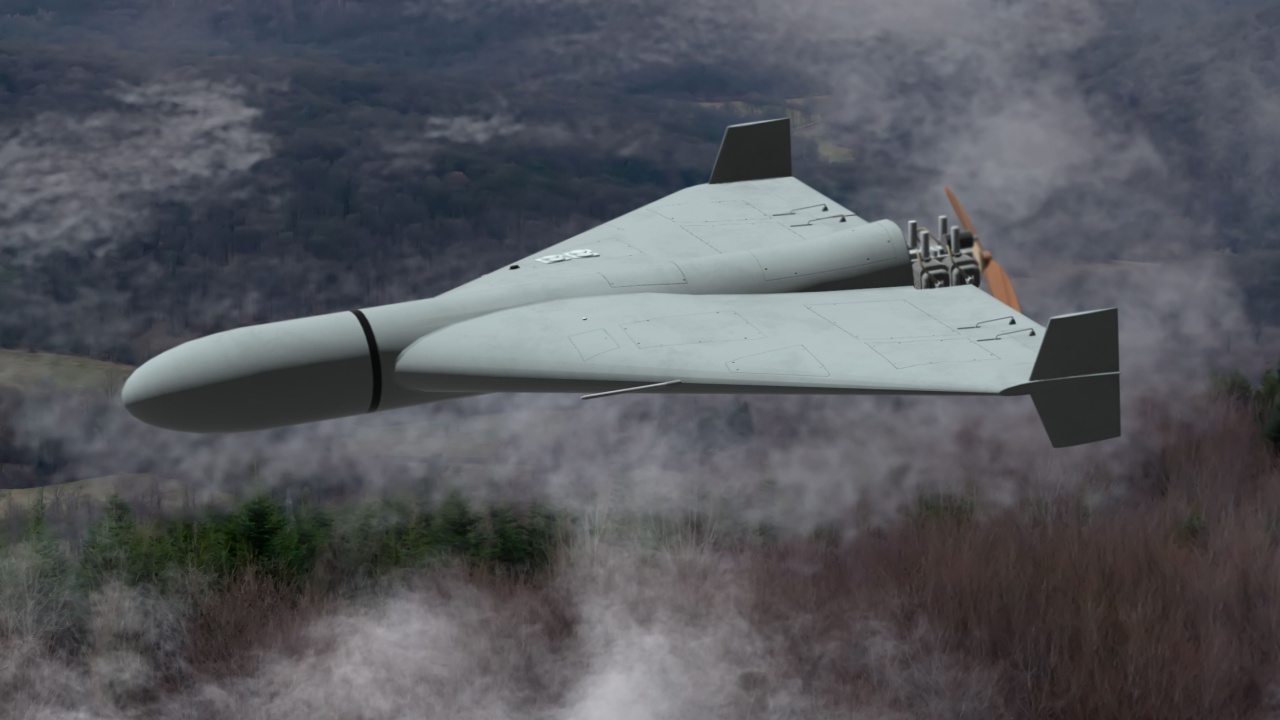
The United States is Falling Behind in Drone Technology
From limited manufacturing capacity to a shortage of realistic training scenarios, the United States is lagging behind its adversaries in drone technology.
The Pentagon has announced what Secretary of Defense Pete Hegseth calls a “Top Gun” event for battlefield drones like those deployed by Ukraine against Russian forces. Hegseth recently announced an all-out effort to assert “American drone dominance,” of which this event is a part. The so-called Top Gun school will be part of the semi-annual Technology Readiness Experimentation (T-REX) event at Camp Atterbury, Indiana, in August.
Beginning in 2023, T-REX has served as a showcase for emerging technologies, including new drone prototypes. This will be the first year that T-REX will host a head-to-head simulated drone combat in urban and other environments. The exercises will feature first-person viewer (FPV) drones, which are kamikaze-style drones widely used in the Ukraine War.
The United States Isn’t Building Drones
American forces are rushing to close the gap between US drone capability and that of Russia, Ukraine, China, and Israel. Realistic exercises are imperative to understanding what works and what does not. The Top Gun exercise is a crucial first step in that direction, pitting “red vs. blue” forces in simulated combat. Counter-drone technology will also be showcased during the exercise, forcing participants to account for every possible contingency.
Russia has reportedly equipped its frontline soldiers with approximately 1.5 million small drones last year, and this number is expected to continue growing. Ukraine, however, may have surpassed that output, supplying its troops with 200,000 drones per month. Current American manufacturing capability cannot approach those numbers, not least because the infrastructure and doctrine for their deployment are still being developed.
China also has an advantage driven by its dominance in manufacturing, not only small drones, but also the electronic and digital components required for drone operation. American manufacturing capacity will need to expand rapidly if the United States seeks to catch up with China.
Hegseth is attempting to streamline the drone development process by opening the door to manufacturers and entrepreneurs, while also easing the procurement process for drones by allowing military units to bypass the traditional, bureaucratic Pentagon procurement process.
The United States Is Struggling with Testing
Another American disadvantage is the dearth of realistic training scenarios compared to its adversaries. Russia and China (through Russia) can test their new products in a real wartime environment, complete with state-of-the-art counter-drone measures. America’s adversaries quickly learn what works and what does not.
The United States cannot easily simulate that environment domestically, thanks to drone denial systems interfering with vital communication networks like cell phones. Many counter-drone systems, such as those employing jamming, also violate Federal Aviation Administration (FAA) and Federal Communications Commission (FCC) regulations, making it challenging to deploy them for realistic testing purposes. Negotiations are reportedly underway to ease some of those regulations, on a temporary local basis, to enable more realistic tests. However, such measures will still offer a limited test environment.
The Ukraine War Is the Best Testing Environment
The best testing range for drone technology is in combat in Ukraine. Fielding American designs with the Ukrainians is invaluable and will be a priority moving forward. Brandon Tseng, the co-founder of Shield AI, which provides drones to US and Ukrainian forces, told Defense One that “If you’re not operating in Ukraine, then your stuff is not serious.” He noted that many companies sent drones to Ukraine, but most are no longer there, unable to cope with the harsh electronic warfare environment.
That environment cannot be realistically simulated in the United States, especially with only two or three events a year as things stand right now. Test drones must deploy to Ukraine to keep up. Ukrainian observers, however, are reportedly scheduled to attend the Top Gun exercise, where they will undoubtedly offer critically needed insights.
While the Top Gun exercise is a good first step for increasing America’s drone capabilities, it must expand quickly across all services. Drones are here to stay, and they will only become more ubiquitous. “American drone dominance” is still a long way off. Realistic training in realistic environments is not a luxury; it is a necessity.
About the Author: William Lawson
William Lawson is a military historian focusing on World War II, twentieth-century conflicts, and the American Civil War. His specialty is operational-level warfare, especially American amphibious doctrine. He writes on history, politics, and firearms for multiple publications and historical journals. He serves on the editorial advisory board for the Saber & Scroll Journal and Military History Chronicles. He is a member of the Society for Military History and the American Historical Association. Lawson is based in Virginia.
Image: Anelo / Shutterstock.com.
The post The United States is Falling Behind in Drone Technology appeared first on The National Interest.

















